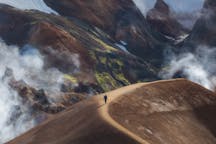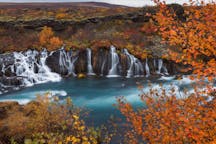
An Introduction to Drones

If you enjoy landscape photography, capturing spectacular scenery and travelling to the world’s most picturesque destinations, you have probably come across a drone before.
- Check out these Camera and Gear Reviews
- See The Best Camera Gear Recommendations for Photography in Iceland
Actually, you probably heard it before you saw it: that unmistakable whine of what must be a giant mosquito. Sure, it’s not the soundtrack you want for a tranquil photoshoot, but these devices are becoming increasingly popular anyway.
This introduction to drones is our attempt to explain why that is.
We’re going to look at why drones are becoming go-to tools for photographers, what else they can be used for and where you should go and buy one.
We’re also going to explore why this incredible technology already has something of a bad reputation.
Ready to learn more about drones and aerial photography? Let’s get started…
- See also: The Ultimate Guide to Drone Vacations
What Is a Drone, Anyway?
When you hear the word ‘drone’, most people’s first thought is some kind of high-tech military weapon, flying above the clouds while the pilot sits in a control room hundreds of miles away.
That’s not quite what we’re talking about here. More recently, the same term has been used to describe quadcopters: remote-control aircraft with four propellers. As the algorithms determining flight stability and control have become more sophisticated, these miniature aircraft have become cheaper and more accessible.
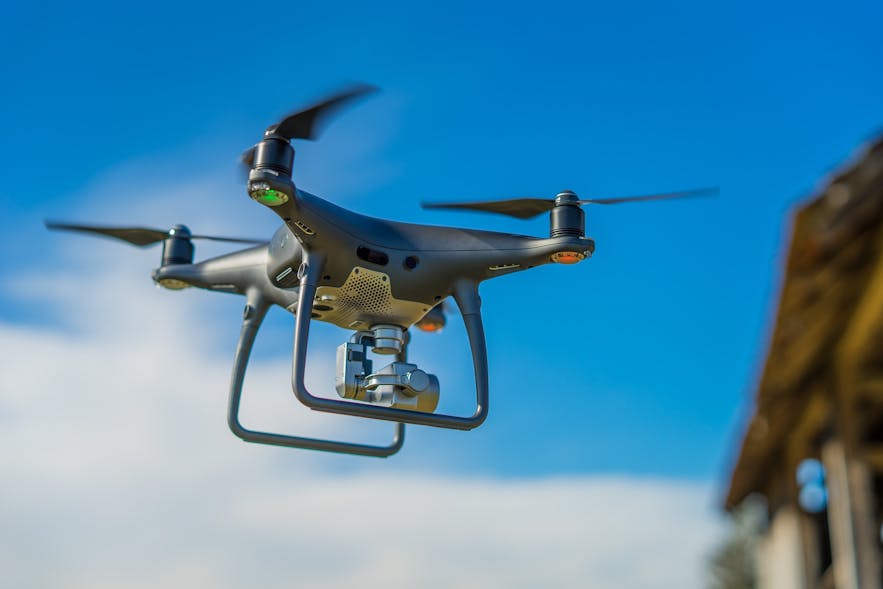 A quadcopter in flight. Photo by: 'Lars Nissen Photo Art, Pixabay'.
A quadcopter in flight. Photo by: 'Lars Nissen Photo Art, Pixabay'.
From 2011 onwards, companies such as Parrot, DJI and 3DR began to attach cameras to drones and aerial photography as we know it today was born.
Now, it’s not only high-definition cameras that can be attached to drones. They can also carry thermal imaging units, sensors and all sorts of tools now being used in all sorts of industries.
But our focus is on photography. Camera drones are now being used to capture cinematic shots on Hollywood movie sets and selfies in back yards. Professional filmmakers and hobbyists have embraced the technology and the sky, it seems, is the limit.
Is It Easy to Fly a Drone?
Which brings us to a big question many photographers have: Is it easy to fly a drone?
The simple answer is yes: it’s much easier than you expect. But a more complicated answer would be: it depends.
Like cars and cameras and mobile phones, there are different manufacturers in the drone industry prioritising different things when they take products to market.
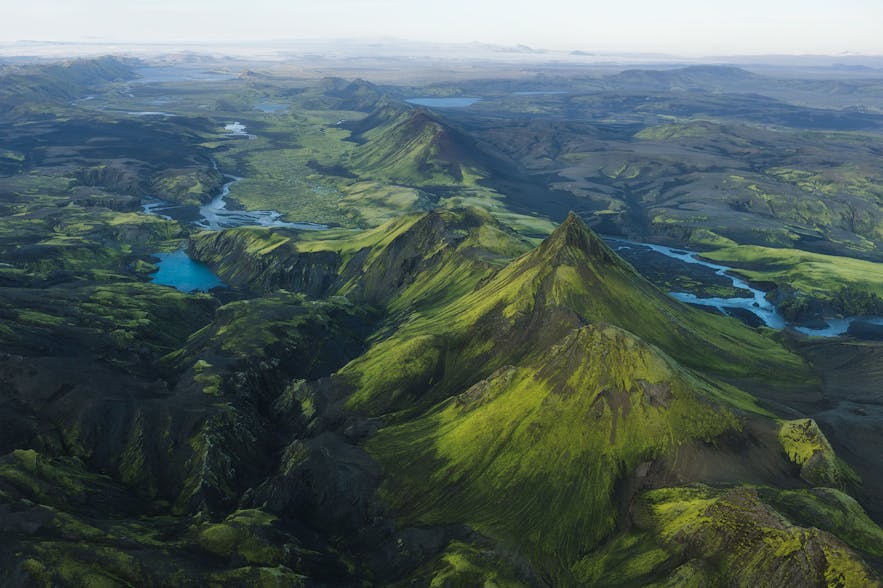 Flying a drone can be easy but you'll need to practice. Photo by: 'Iurie Belegurschi'.
Flying a drone can be easy but you'll need to practice. Photo by: 'Iurie Belegurschi'.
But on the whole, flying is easy. At least it’s a lot easier than it used to be. That progression is down to a few important advances in drone technology.
Once upon a time, drone pilots had to control the altitude of their aircraft by pumping the throttle, like you would with a helicopter. But now nearly all drones on the market come with clever algorithms that keep you at a stable height while you control the direction and speed.
Another big problem used to be crashes. As you can imagine, these are both expensive and dangerous. But advances in computer vision mean that many drones now for sale can detect and avoid obstacles before they crash into them.
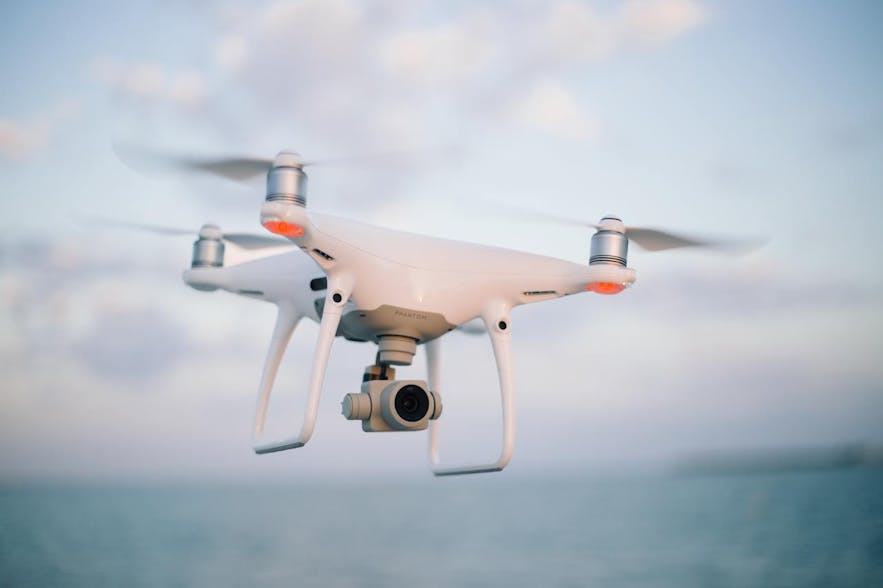 It's not easy to fly a drone, so you should practice. Photo by: 'Pxhere'.
It's not easy to fly a drone, so you should practice. Photo by: 'Pxhere'.
There are a bunch of other safety features around now, too, including automatic return-to-home functions, which fly your drone for you at the touch of a button if signal is lost or if your battery gets too low. And then there’s Geofencing, a system that’s been introduced to use GPS to prevent you from flying where you shouldn’t.
The actual act of steering and flying around smoothly enough to get great photos and videos takes practice. But you’ll get there eventually.
Most drones are controlled using a handheld controller with two thumb sticks.
Usually the left stick controls two things: throttle and yaw. Which basically means the altitude. Push it forward and your drone will go higher, push it down and your drone will descend. Pushing the left stick left or right controls your ‘yaw’ and will turn the drone. Hold it in one direction and you’ll do a full 360.
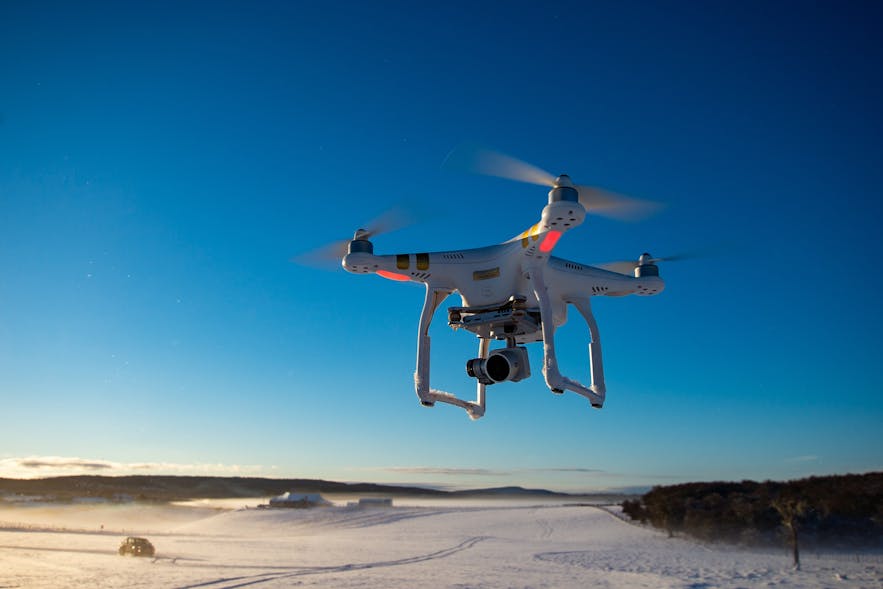 Flying a drone is a bit like controlling a vehicle in a video game. Photo by: 'Emiliano Arano, Pexels'.
Flying a drone is a bit like controlling a vehicle in a video game. Photo by: 'Emiliano Arano, Pexels'.
The right stick usually controls your pitch. Pushing it up will send the drone forward, pushing it back will send your drone flying in reverse. Pushing the right stick left or right determines the ‘roll’, which you can use to bank (basically fly sideways) your drone in either direction.
You’ll need to get comfortable adjusting your throttle, pitch, yaw, and roll to make the most of your drone’s cinematic potential.
Sound complicated? Don’t worry…If you have any experience with remote control vehicles or games console controllers, you’ll get the hang of it quickly.
Is a Drone a Good Photography Accessory?
Travel is cheaper than it used to be. Photography gear has also become more accessible and affordable. The result is that more and more people are venturing to new places and documenting their trips with digital cameras.
But what about adding a drone to your gear? Plenty of photographers are looking for creative tools to bring a little something extra to their work. Filters, lighting techniques and post-production can only take you so far.
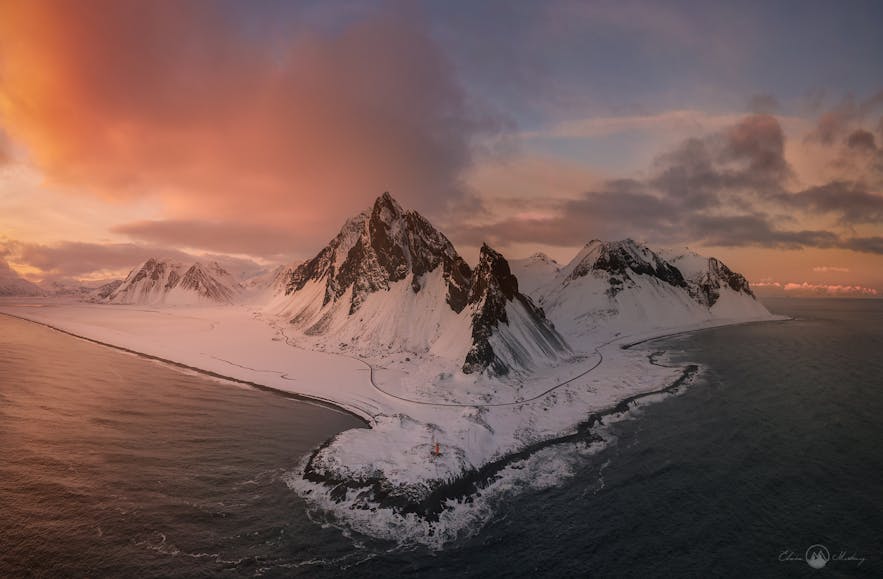 Flying a drone can lead to original images. Photo by: 'Edwin Martinez'.
Flying a drone can lead to original images. Photo by: 'Edwin Martinez'.
For truly original images, you need to switch up the angles. Having a camera that can fly is a great way of doing exactly that. Drones offer photographers new angles, perspectives and altitudes, so you can capture scenes with more creativity and variety.
A drone also gives you the chance to start working with video. Sure, most DSLRs give you the option of recording rather than photographing. But there are limitations that come with a static camera.
The best drones on the market today can hit speeds of up to 50mph, shooting crisp 4K video with faultless image stabilisation.
What’s not to love about that?
That capability, combined with the many safety features now available and the ease with which these devices can be used, is making drones a must-have photography accessory.
Where is The Best Place to Buy a Drone?
Ready to buy a drone for the first time? Great! So where’s the best place to get started?
You have a few options for buying your first drone. First up, you can go to a local electronics or photography store and see which drones they have in stock.
This is good because you can find someone who (hopefully) knows what they are talking about. They can take you through the options and recommend the best drone for you.
Actually going to see the drone in person first also gives you an idea of the size of what you are buying. If you’re looking for something portable, you don’t want to realise it’s far too big after you’ve ordered it.
You can also buy drones online from a number of retailers, including Amazon. And there are plenty of drone resellers -just search for your local online store.
 Do your research before buying a drone. Photo by: 'Iurie Belegurschi'.
Do your research before buying a drone. Photo by: 'Iurie Belegurschi'.
Our Advice? Buy Direct from the Manufacturer
Having said all that, your best bet is to purchase your drone direct from a manufacturer. At the moment, the best combination of value for money and quality comes from Chinese manufacturer DJI.
But French manufacturer Parrot also makes a great drone, the Anafi. So too does American startup Skydio.
Buying direct from the manufacturer means you’re guaranteed to get a warranty of some kind, and also opens the door to purchasing extra add-ons, such as damage insurance policies and official accessories.
Ready to buy a drone or want to know more about the best accessories? Check out our Ultimate Guide to Drone Gear.
What are Drones Used For?
The most obvious use for drones is aerial photography, which is probably why you’re reading this guide, right? The ability to put a high-definition camera onto a flying robot you can control is fun, exciting and awesome from a purely creative standpoint.
But beyond the cinematic potential, drones have quickly developed into useful tools that are being used in all sorts of industries and situations. You’ve probably heard about Amazon’s plans to use drones to deliver parcels to your door, or the new sport of first person drone racing. Both are concepts that seemed so futuristic a few years back.
To understand how all of these new applications are possible, you have to go back a few steps and appreciate what a drone actually is: a flying sensor. If you’re creating content for Youtube or building an aerial photography portfolio, your sensor of choice is going to be high-definition camera.
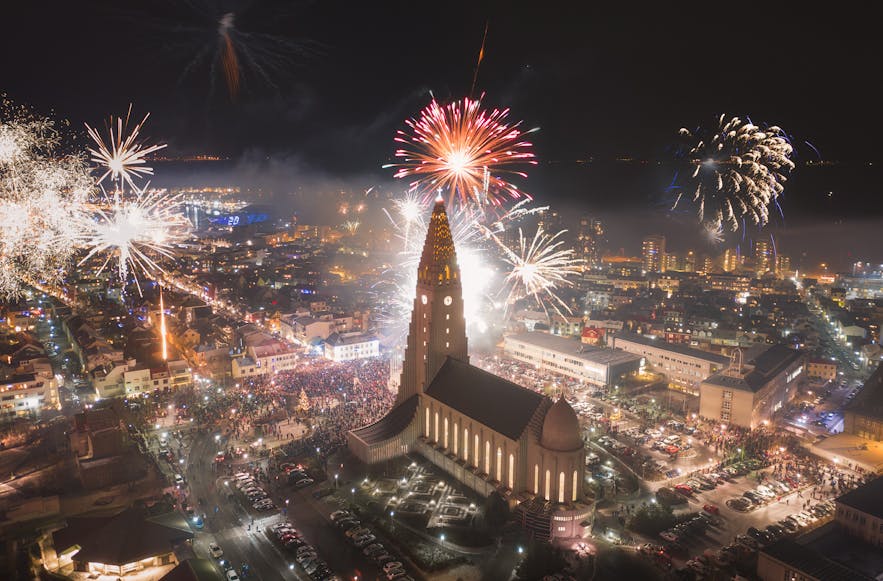 Flying a drone can help you to capture images you wouldn't normally see. Photo by: 'Iurie Belegurschi'.
Flying a drone can help you to capture images you wouldn't normally see. Photo by: 'Iurie Belegurschi'.
But if you want to map out terrain ahead of a construction project, assess the health of your crops from above or search for missing people after dark, drones can be a game-changer for those tasks, too.
Which is why you might have heard about flying robots fitted with thermal imaging units and specialised sensors being put to work in the mining, conservation, energy, transport and agriculture industries.
Basically any task that involves gathering data at scale, or in places that people might be put at risk, is being handed over to our autonomous flying friends. And that’s a big category of task. It includes everything from inspections of roofs, wind turbines and solar panels to mapping rainforests, search and rescue missions…. And even capturing data from whales as they swim across the ocean.
You get the idea: drones have been rapidly adopted by businesses, organisations and entrepreneurs. Yes, they are ideal for aerial photography, but they are here to stay because they are revolutionising the way we do much more than just take photographs.
Why Do Drones Have a Bad Reputation?
If you’re thinking about buying your first drone and getting into aerial photography, there’s something you should know: drones don’t have a very good reputation.
It’s sad but true. And yes, it’s also a little weird. These incredible devices are often eyed with suspicion by the public and treated with hysteria by the media.
So what are some of the reasons for this reputation? Well, a central part is an element of the human condition: fear of the unknown.
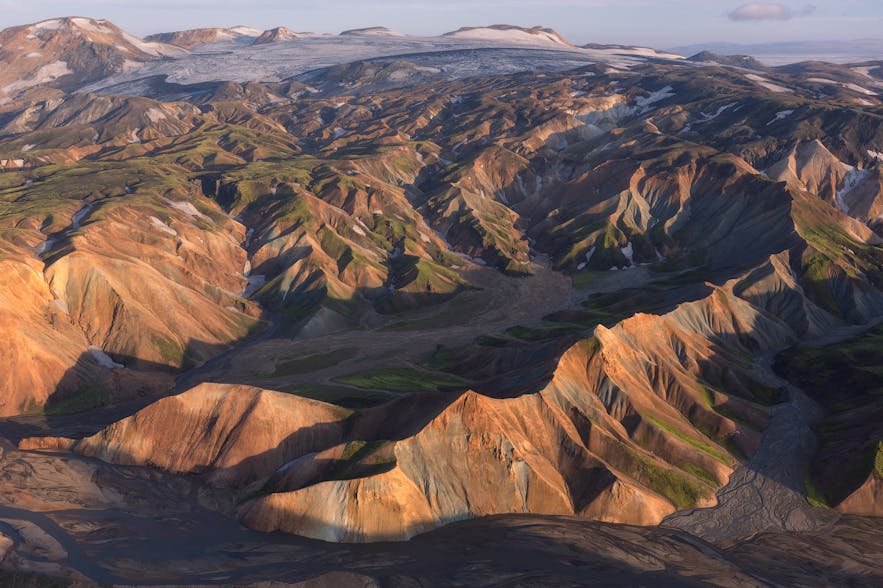 Drone technology can be used for a range of different purposes. Photo by: 'Iurie Belegurschi'.
Drone technology can be used for a range of different purposes. Photo by: 'Iurie Belegurschi'.
Most people don’t fully understand what drones are for and what the technology is capable of, so they assume the worst. Which is why you’ve probably seen plenty of news stories about them being used to spy on people and things like that.
The vast majority of the time this isn’t the case. On the whole, drone pilots are responsible and approachable, and far more likely to be photographing a sunset than looking down on your property.
Part of the problem is that drones are remote. You might be able to see and hear a drone flying overhead, but that doesn’t mean you have any idea where the pilot is. This uncertainty can make people feel uncomfortable. It’s no surprise they might jump to the wrong conclusions and assume the worst.
Plus there’s the whole futuristic flying robot thing. With the amount of scary dystopian stories we have created and enjoyed over the years, you can see why the initial reaction toward a drone can be negative.
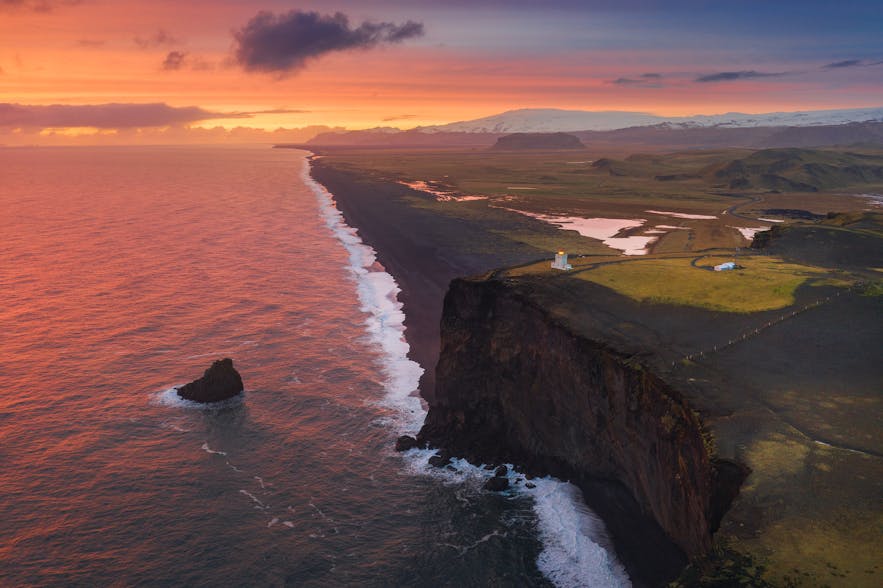 Drones may be annoying so it's important to respect the rules wherever you fly. Photo by: 'Iurie Belegurschi'.
Drones may be annoying so it's important to respect the rules wherever you fly. Photo by: 'Iurie Belegurschi'.
And there’s more. On top of how they look, how they work and what they remind us of, there’s the sound. Most drones have a high-pitched whine like a giant mosquito. On the one hand, this doesn’t make them a very subtle spying tool. Great! But on the other, the noise is very noticeable and can be annoying to people nearby.
This is why drones are being banned from national parks all over the world. It’s a shame from a photography perspective, but you can understand why many environmental authorities are taking that stance.
Finally we come to one of the major negative reasons drones seem to be in the news: crime. From delivering contraband to prisons to airport disruption, to ‘near-misses’ with larger airplanes, there always seems to be something bad going on involving a drone.
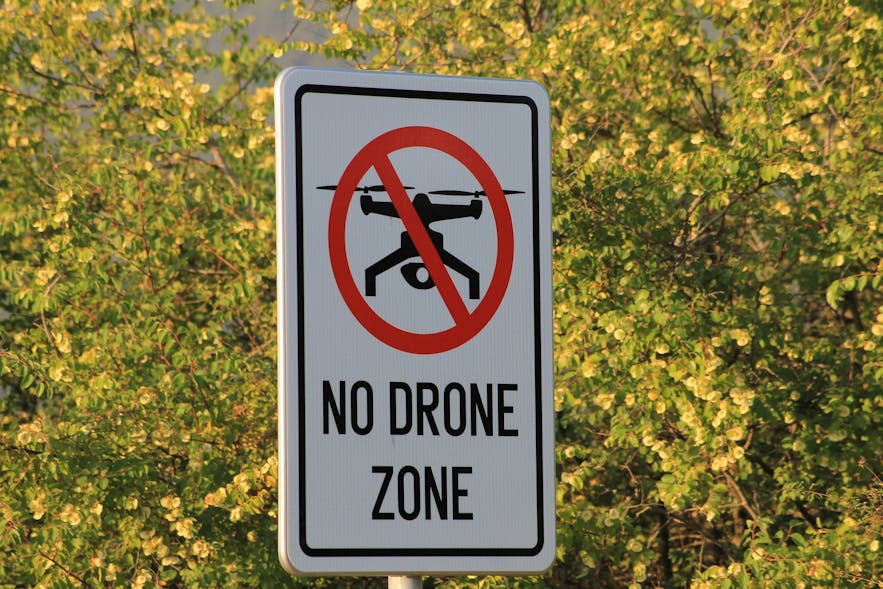 Make sure to use your drone only for good and to respect the rules around flying. Photo by: 'Alexander Grishin, Pixabay'.
Make sure to use your drone only for good and to respect the rules around flying. Photo by: 'Alexander Grishin, Pixabay'.
There certainly have been cases of drones being used for bad rather than good. But it’s worth remembering that those actions don’t reflect pilots in general; they are the acts of a tiny minority.
Even more important is that drones are actually being used to save lives on a daily basis, supporting search and rescue teams, lifeguards, firefighters, the police and more to keep us safe.
Manufacturer DJI has put together a list of all the times lives have been saved by the technology, which is definitely worth checking out.
So yes, drones do have a mixed reputation. But don’t let that perception stop you from taking to the skies. As people get used to the technology and realise how much good it can do and is already doing, that outlook will change for the better.
Not quite sure what's to be expected of you at the airport and how to pack your drone for your trip? Check out our Top Tips For Travelling to Iceland With Your Drone.
Other interesting articles

The Top 10 Spots in Iceland to Fly Your Drone
Iceland is fast becoming the world’s premiere photography destination. So it makes sense that drone pilots from all over the world are planning trips to capture the country’s spectacular scenery fro...Read more
10 Tips to Improve Your Drone Photography
There has never been a time quite like the present. In this day and age, aerial photography is so accessible that almost anyone can photograph the landscape from the sky. Check out this Ultimate Gu...Read more
Should I Take My Drone to Iceland?
As a keen aerial photographer, the first thing you’re probably wondering is, ‘Can I take my drone to Iceland?’ The answer to that is yes. Yes you can. It will not be confiscated at Customs and you w...Read more













